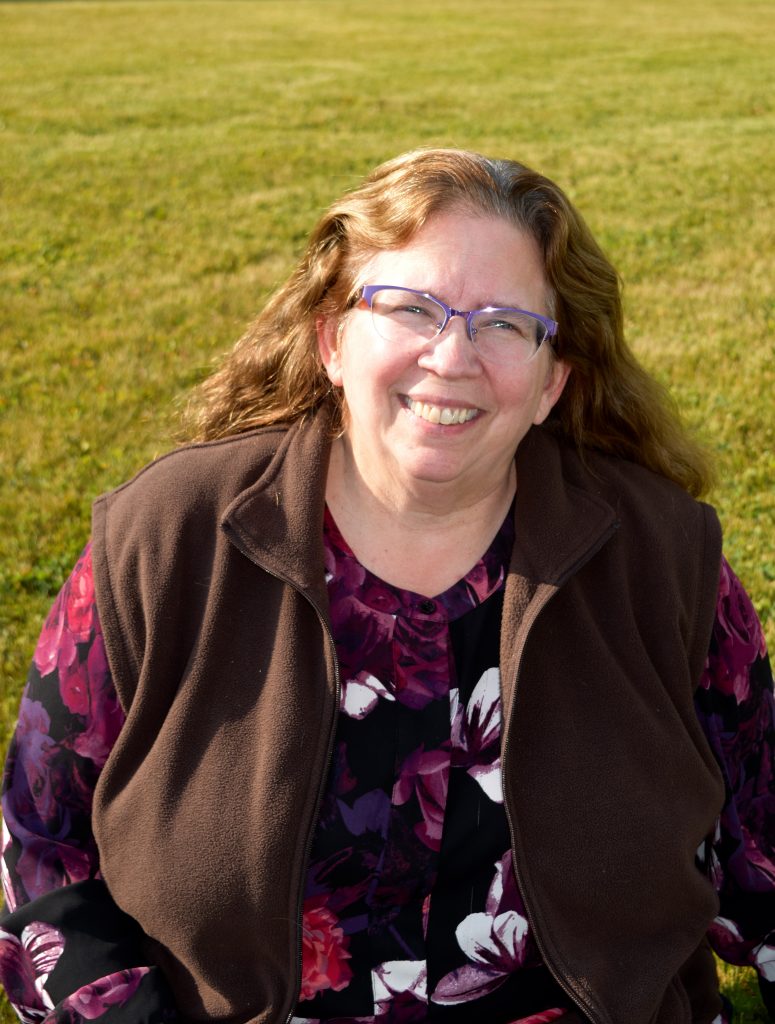October 2020
By Paula J.S. Martin,
I spent much of my life working in universities and colleges. I was honored to help educate a few generations of college students. I almost didn’t have that opportunity.
No one in my family was a college graduate. My mother worked hard to raise three kids as a single parent, due to being first widowed and then divorced from her second husband. Separation and divorce were rare back in 1964, and her path with three kids all under the age of eight was tough. She managed, but there was no extra money to help me with college tuition.
I had dreamed of becoming a college professor since I was in third grade, when I helped a neighbor kid figure out her homework—it was such a blast helping someone and seeing their understanding light up. I knew I needed to go to college to fulfill that dream.
Through working in summer jobs and part-time jobs, I had been able to save a few thousand dollars. In 1976 that, combined with continuing to work part-time throughout the school year including one year at a local factory, was just about enough to pay for tuition, room and board at a public university. It wasn’t easy but it was doable. Private colleges were out of reach. Those state-supported universities made all the difference for me, giving me access to my dream.
Today, tuition, room and board at those public state, four-year schools average well over $25,000 a year for state residents. Add in about $9,000 more to go to a public state university as an out-of-state resident. Those numbers double for private colleges. There are many reasons for this enormous increase in cost of universities: reduced state subsidies of universities, increased costs of personnel, more requirements of regulation, and larger numbers of student services. From the perspective of the student looking to enter, the reasons for the cost matters less than the barrier they represent. The wages of summer or part-time work did not keep up with the cost of going to college.
It is the rare student today that could pay that price for fulltime attendance without going into debt. In 2019, four-year, public university graduates averaged $29,900 in debt at graduation.
I speak with many people my age who recognize that they were lucky to have college opportunities, opportunities that are not available today without significant debt or family financial sacrifice.
Knowing the value those universities gave to me, and the hurdles of finances for students, throughout my career I was pleased to give a percentage of my income to the university to support financially hampered students. Each year my alma matter receives a check from me to help out the latest generation of students trying to figure out a way to pay for their education. One of the reasons I was happy to take on Board membership with the Homer Foundation is due to its significant scholarship programs. Many people in our community have donated to provide financial support for students in our region to help them fulfill their dreams that require higher education. Paying it forward makes such a difference, for today and for the future.
Sponsored by the Homer Foundation, a community foundation promoting local philanthropy since 1991. To learn more please visit us @ www.homerfoundation.org and like us on Facebook.

Paula Martin joined the Homer Foundation board in May of 2019. Paula lived in Homer since 2007, but has been working at various universities as faculty or administrator since 2007. Her husband has worked in Homer, they plan on living here far into the future. She has also started a consulting company that has already proved a strong resource of the non-profits in the greater Homer area. Paula has a love for science education, aquatic insects, fly fishing, and travel.
